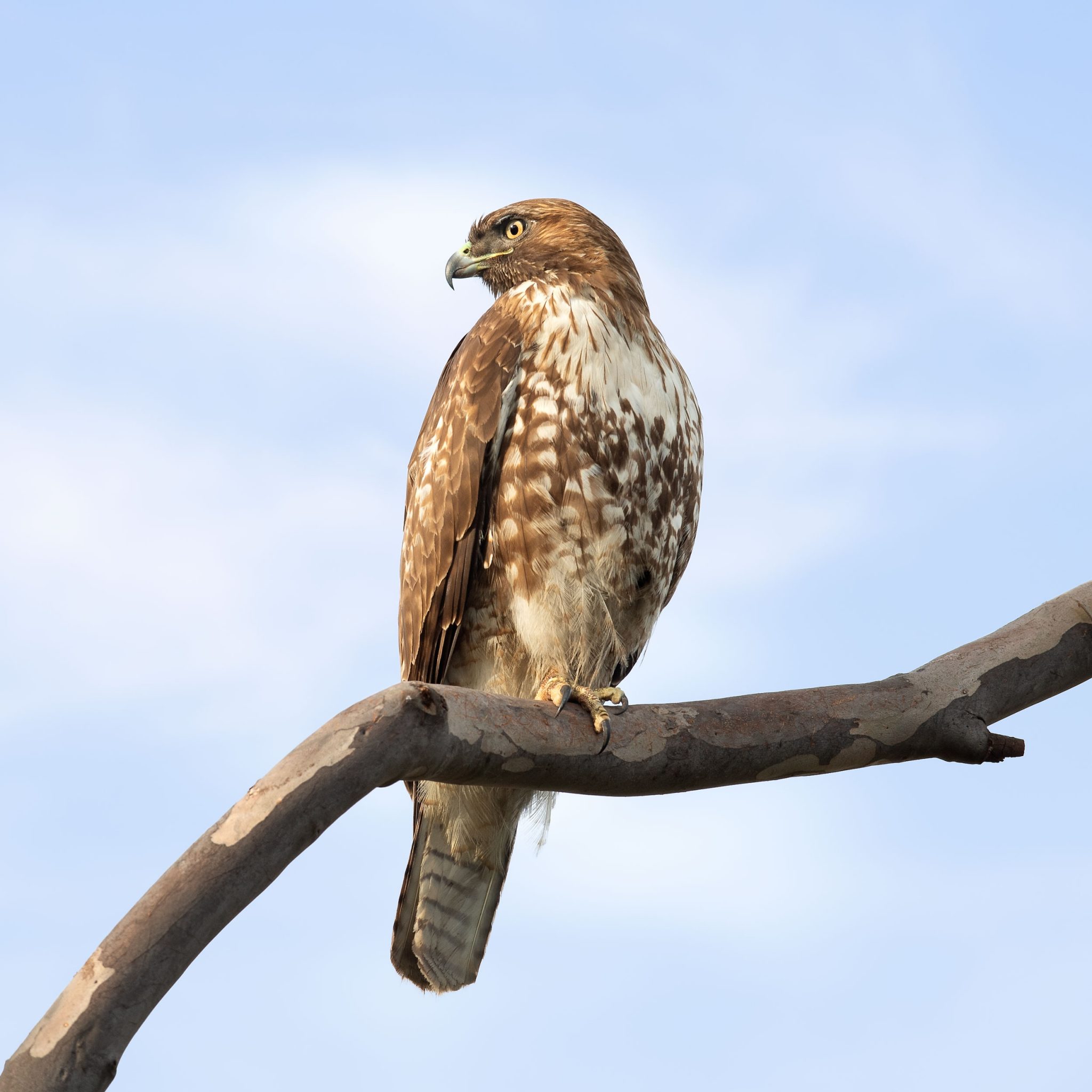

In zoos, and under licensed falconers, these raptors are extremely common. It is illegal to own one as a pet, and using one for falconry purposes requires extensive caging, experience, and permits. Humans have not domesticated red tailed hawks in any way. Humans also interact with red tailed hawks for use in falconry, in which they are a commonly used raptor. However, harming hawks is illegal under the Migratory Bird Act, and their populations are stable. These interactions are not always positive, as farmers commonly kill or harm hawks to protect livestock.

Red Tailed Hawk and Human Interactionīecause they adapt so well to different environments, red tailed hawks and humans interact frequently. They will also eat snakes, birds, lizards, young turtles, insects, and more. Other rodent prey includes mice, groundhogs, voles, rats, gophers, ground squirrels, chipmunks, rabbits, and more. The vast majority of their diet consists of rodents, particularly squirrels. If they see a potential prey item, and think they can successfully take it down, they will make an attempt! They feed on a wide variety of prey species, and are extremely opportunistic. Like nearly all hawks, these birds are carnivores. These hawks spread all the way into southern portions of Alaska. Nearly all of Canada, save for the northernmost reaches, contains seasonally breeding populations of birds. These non-migratory populations also spread into Mexico and parts of Central America. Red tailed hawks are year-round residents across almost all of the United States. Though these hawks only occupy some areas seasonally, they reside across nearly all of North and Central America. You can find these birds in deserts, woodlands, tropical rainforests, grasslands, mountains, wetlands, urban areas, agricultural areas, and more. Scientists believe that these birds can adapt to just about any habitat in North America. Their flexibility is part of the reason they are so successful across North America. These birds live in a wide variety of habitats, and have an extremely wide distribution. In fact, these birds are so widespread that they steal food from many different species of hawks and other birds of prey! They have one of the widest distributions of any hawk in North America. Common Hawk – This stealing, known as depredation, is common across the hawk’s range.They are larger than many other raptors in their range, and will swoop in to steal a kill if they spot one. Red tailed hawks have been known to steal food from other birds of prey. Stiff Competition – Though they are vulnerable to the larger great horned owl, that doesn’t mean they are pushovers.In fact, great horned owls kill over 30% of nestlings in some populations. The owls regularly hunt red tailed hawks and their chicks. One of the greatest enemies of the red tailed hawk is the great horned owl. Not Top Predators – They are also far from the biggest and “baddest” birds around.Some have even seen red tailed hawks eating crabs! They eat snakes, birds, fish, insects, and carrion. Though the vast majority of their diet usually consists of rodents (usually squirrels), they will also feed on anything small enough to catch. Varied Diet – Far from picky, red tailed hawks will feed on a wide variety of animals.This hawk species is commonly seen across North America, but how much do you actually know about red tailed hawks? Learn more about this interesting raptor below. Interesting Facts About the Red Tailed Hawk They are relatively large hawks, and their wingspan ranges from 3’5″ to 4’10” depending on the sex of the bird and the subspecies. Most adult red tailed hawks have a reddish-brown colored tail, which is where they get their name. There are a number of different color patterns, including lighter, darker, and intermediate plumage. The appearance of this hawk varies based upon the subspecies.


 0 kommentar(er)
0 kommentar(er)
